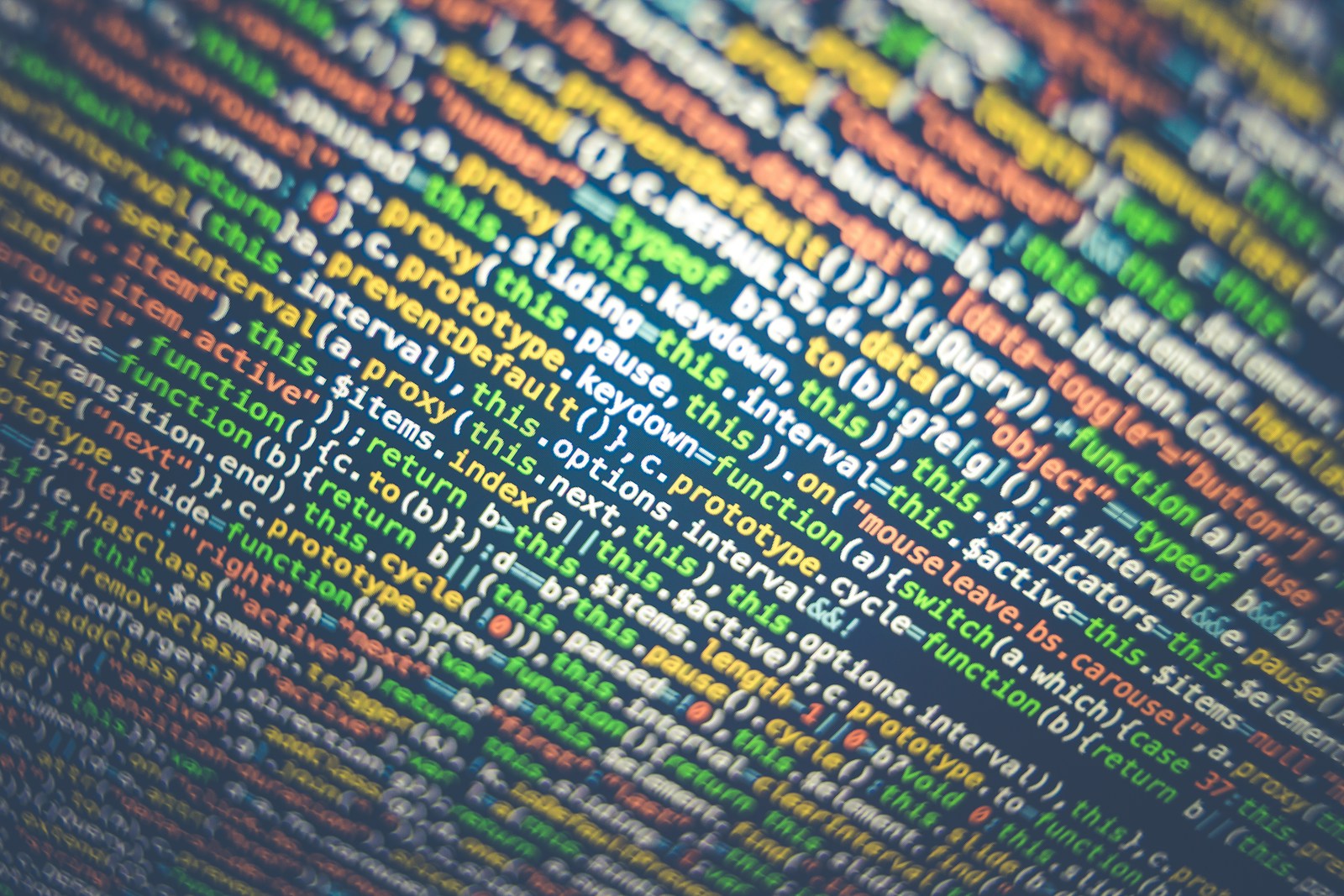Introduction
Unsupervised learning is a subset of machine learning where the algorithm is trained on data without any labeled outputs. Unlike supervised learning, where the algorithm learns from input-output pairs to make predictions or classifications, unsupervised learning works by finding hidden patterns or intrinsic structures in the input data. Here, we will discuss two main concepts of unsupervised learning: clustering and dimensionality reduction.
Clustering
Clustering is a method where the algorithm groups data points into clusters based on their similarity. Each cluster consists of data points that are more similar to each other than to data points in other clusters. This technique is widely used for pattern recognition and data analysis.
How Clustering Works:
- The algorithm examines the features of the input data and groups similar data points together.
- No prior labels or outputs are provided; the algorithm must learn to identify groups within the data on its own.
- Each cluster is defined by how close the data points are to each other based on a chosen distance metric, such as Euclidean distance.
Common Clustering Algorithms:
- K-Means Clustering: This popular algorithm divides data into k number of clusters by assigning data points to the cluster whose centroid is nearest. The centroids are recalculated until the algorithm converges to an optimal solution.
- Hierarchical Clustering: This approach builds a hierarchy of clusters by either merging smaller clusters into larger ones (agglomerative) or dividing larger clusters into smaller ones (divisive). The result can be visualized using a dendrogram.
- DBSCAN (Density-Based Spatial Clustering of Applications with Noise): This algorithm forms clusters based on the density of data points. It identifies core points (densely packed points) and connects them to form clusters, marking outliers as noise.
Applications of Clustering:
- Customer Segmentation: Businesses can use clustering to group customers based on buying behavior for targeted marketing strategies.
- Anomaly Detection: Detecting outliers or unusual data points can be useful in fraud detection or system monitoring.
- Document Classification: Clustering can organize similar documents or news articles into topic-specific groups.
Dimensionality Reduction
Dimensionality reduction is the process of reducing the number of input variables or features in a dataset while retaining as much of the relevant information as possible. This is particularly useful when dealing with high-dimensional data, where too many features can lead to problems such as overfitting, computational inefficiency, and the curse of dimensionality.
Why Dimensionality Reduction Is Important:
- Improves Computational Efficiency: Fewer features mean faster training and inference times.
- Enhances Data Visualization: Visualizing high-dimensional data is difficult, but dimensionality reduction techniques can help project data into two or three dimensions.
- Reduces Noise: By removing less important features, the algorithm focuses on the most significant information, improving performance.
Common Dimensionality Reduction Techniques:
- Principal Component Analysis (PCA): PCA transforms the original data into a new coordinate system by finding the axes (principal components) that maximize the variance of the data. The first few principal components capture most of the information, allowing for dimensionality reduction.
- How PCA Works: It first calculates the covariance matrix of the data, finds the eigenvectors and eigenvalues, and projects the data onto the axes defined by these eigenvectors.
- t-Distributed Stochastic Neighbor Embedding (t-SNE): t-SNE is a non-linear dimensionality reduction technique that is particularly good for visualizing data by converting high-dimensional data into a lower-dimensional space (usually 2D or 3D) while preserving the local structure.
- Linear Discriminant Analysis (LDA): Although mainly used as a classification tool, LDA can also reduce dimensions by finding a linear combination of features that best separate two or more classes.
Applications of Dimensionality Reduction:
- Data Visualization: Helps in creating 2D or 3D plots to see the distribution and grouping of data points.
- Preprocessing for Machine Learning: Used to simplify datasets before feeding them into machine learning algorithms to enhance performance and reduce training time.
- Noise Reduction: Simplifies models by eliminating less important features, which can improve accuracy and generalization.
Key Differences Between Clustering and Dimensionality Reduction:
Goal:
- Clustering: Group similar data points into clusters.
- Dimensionality Reduction: Simplify data by reducing the number of features while retaining important information.
Output:
- Clustering: Provides labeled groups (clusters) of data.
- Dimensionality Reduction: Provides transformed data with fewer dimensions.
Use Case:
- Clustering: Ideal for finding patterns in unlabeled data.
- Dimensionality Reduction: Best for simplifying complex data structures and improving algorithm performance.
Real-World Examples:
- Clustering: Online streaming services like Netflix use clustering to recommend shows based on viewing patterns by grouping users with similar preferences.
- Dimensionality Reduction: PCA is often used in genetics to reduce the complexity of data by identifying key genetic markers while minimizing the overall number of variables.
Understanding these concepts is crucial for applying machine learning effectively, especially when dealing with large datasets with no clear labels.
Here are some book recommendations :
General Machine Learning Textbooks:
- Pattern Recognition and Machine Learning by Christopher Bishop: This classic text provides a comprehensive overview of machine learning, including unsupervised learning techniques.
- Machine Learning by Tom Mitchell: Another well-regarded textbook that covers the fundamentals of machine learning, including clustering and dimensionality reduction.
Specialized Books on Unsupervised Learning:
- Unsupervised Learning for All by Illia Polosukhin: This book is specifically designed for beginners and provides a practical approach to unsupervised learning, including clustering and dimensionality reduction.
- Hands-On Machine Learning with Scikit-Learn, Keras, and TensorFlow by Aurélien Géron: While not solely focused on unsupervised learning, this book offers practical examples and code implementations of clustering and dimensionality reduction techniques using popular Python libraries.
Additional Resources:
- Online Courses: Platforms like Coursera, edX, and Udemy offer a variety of machine learning courses, including those that delve into unsupervised learning.
- Research Papers: For a deeper understanding of the latest advancements, explore research papers on clustering and dimensionality reduction.
- Open-Source Libraries: Experiment with libraries like Scikit-learn, TensorFlow, and PyTorch to practice and apply these techniques.


Leave a Reply